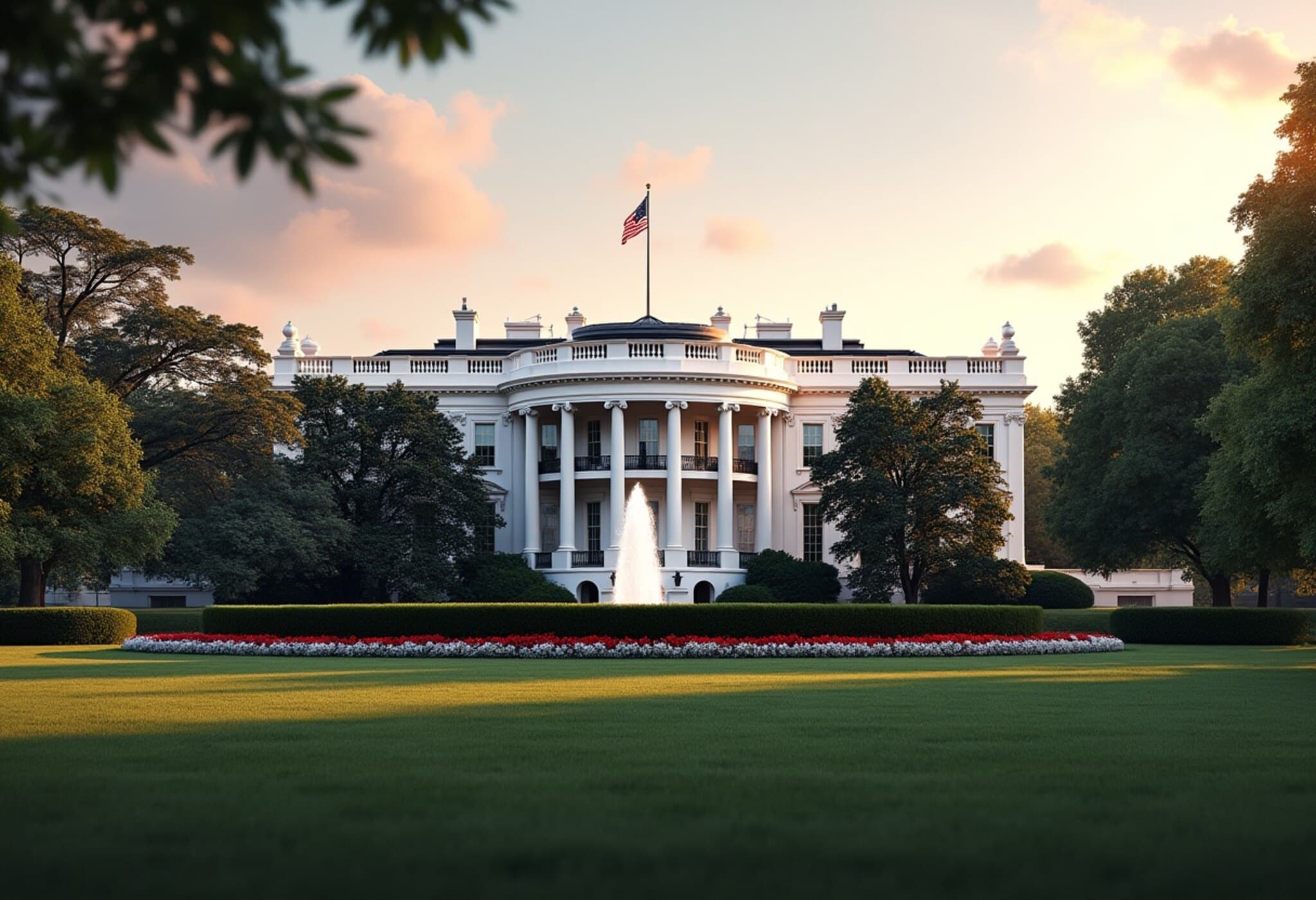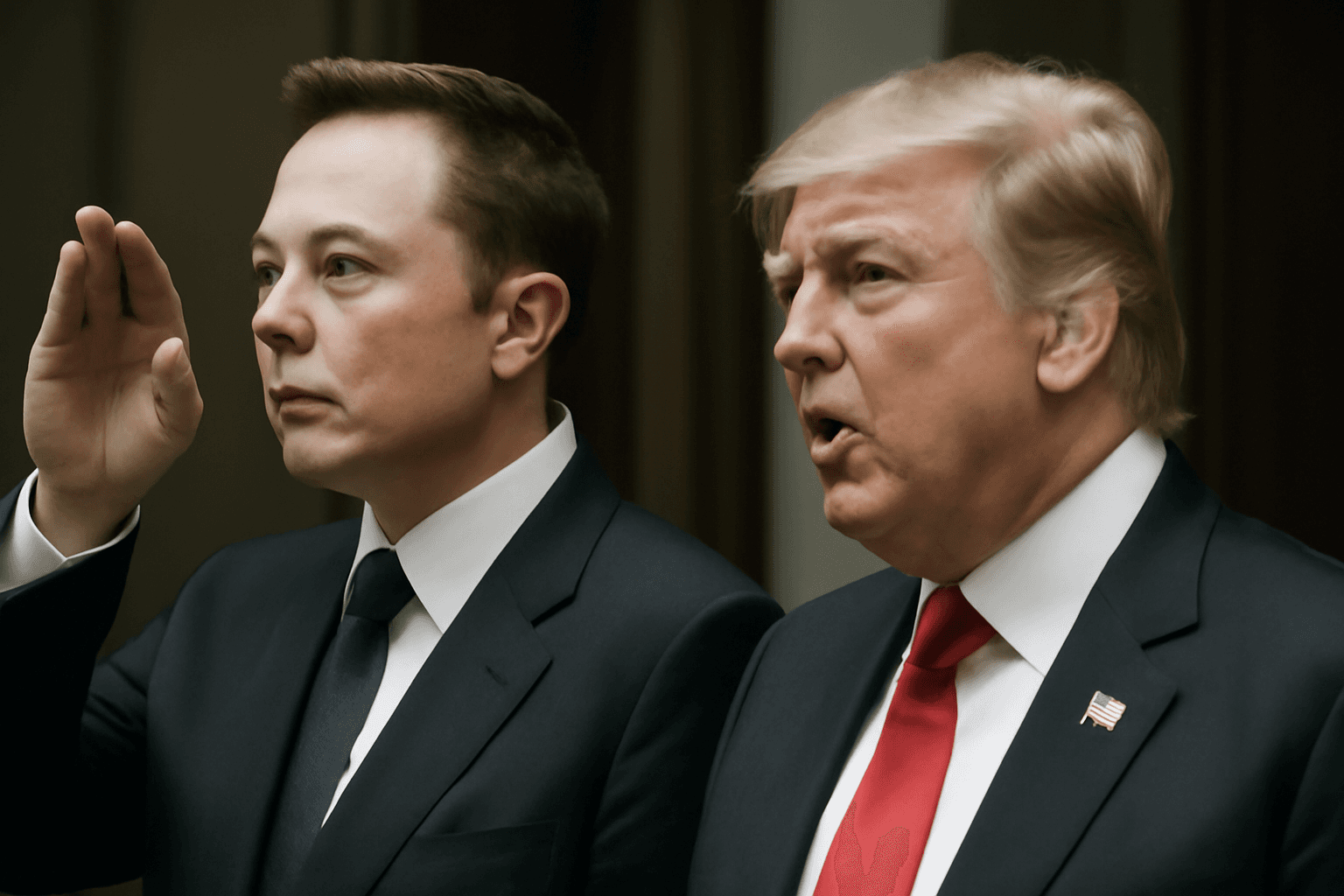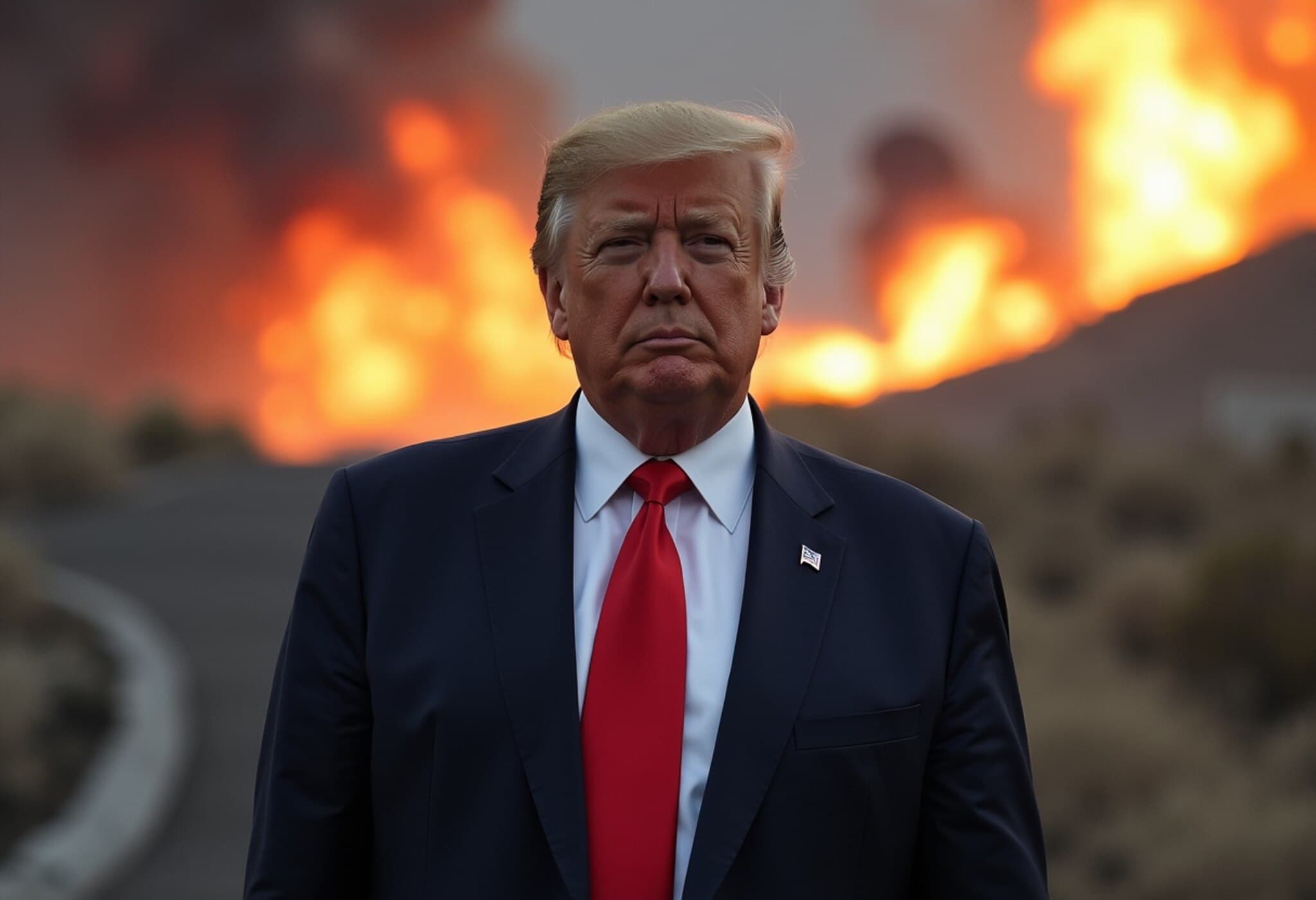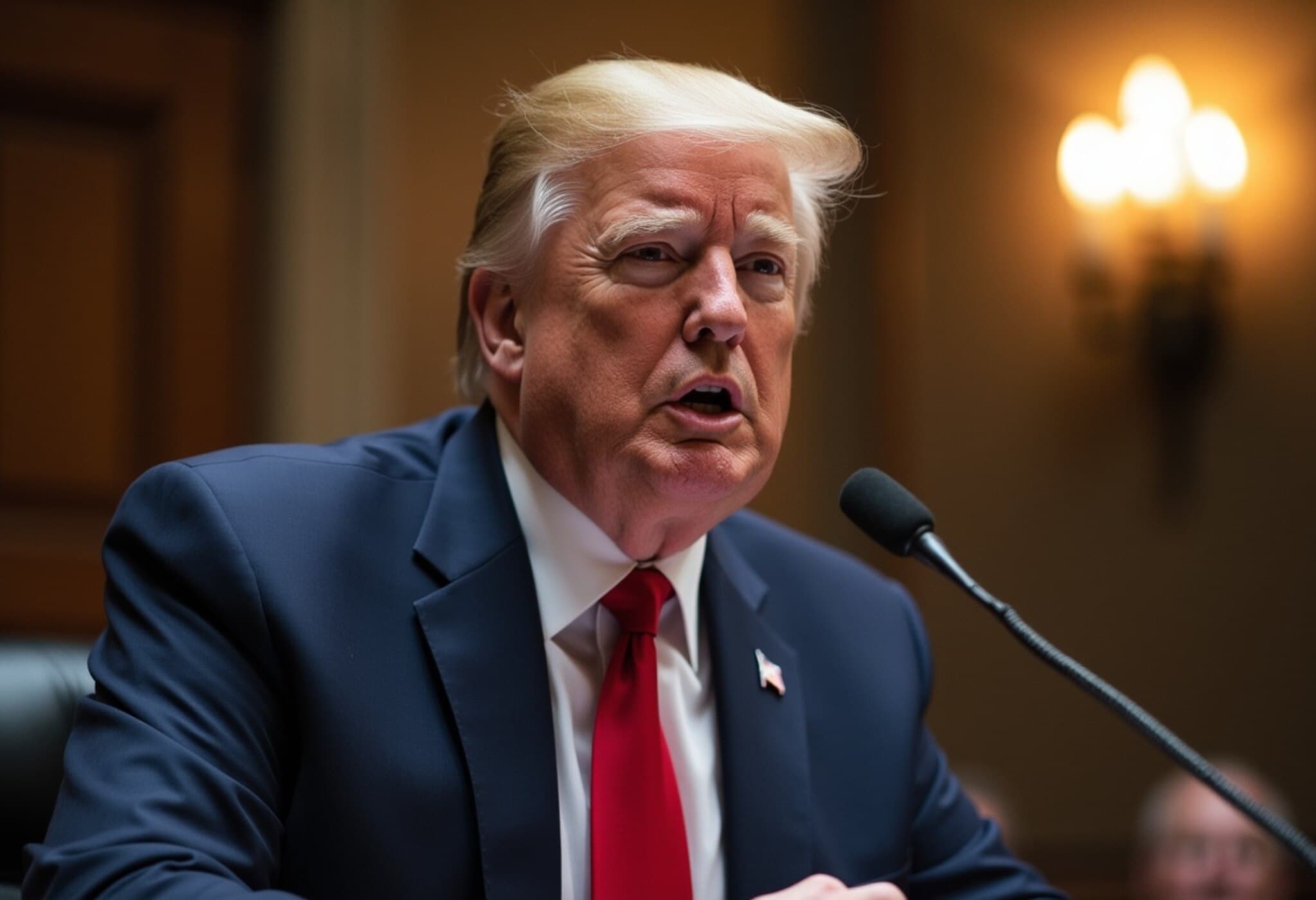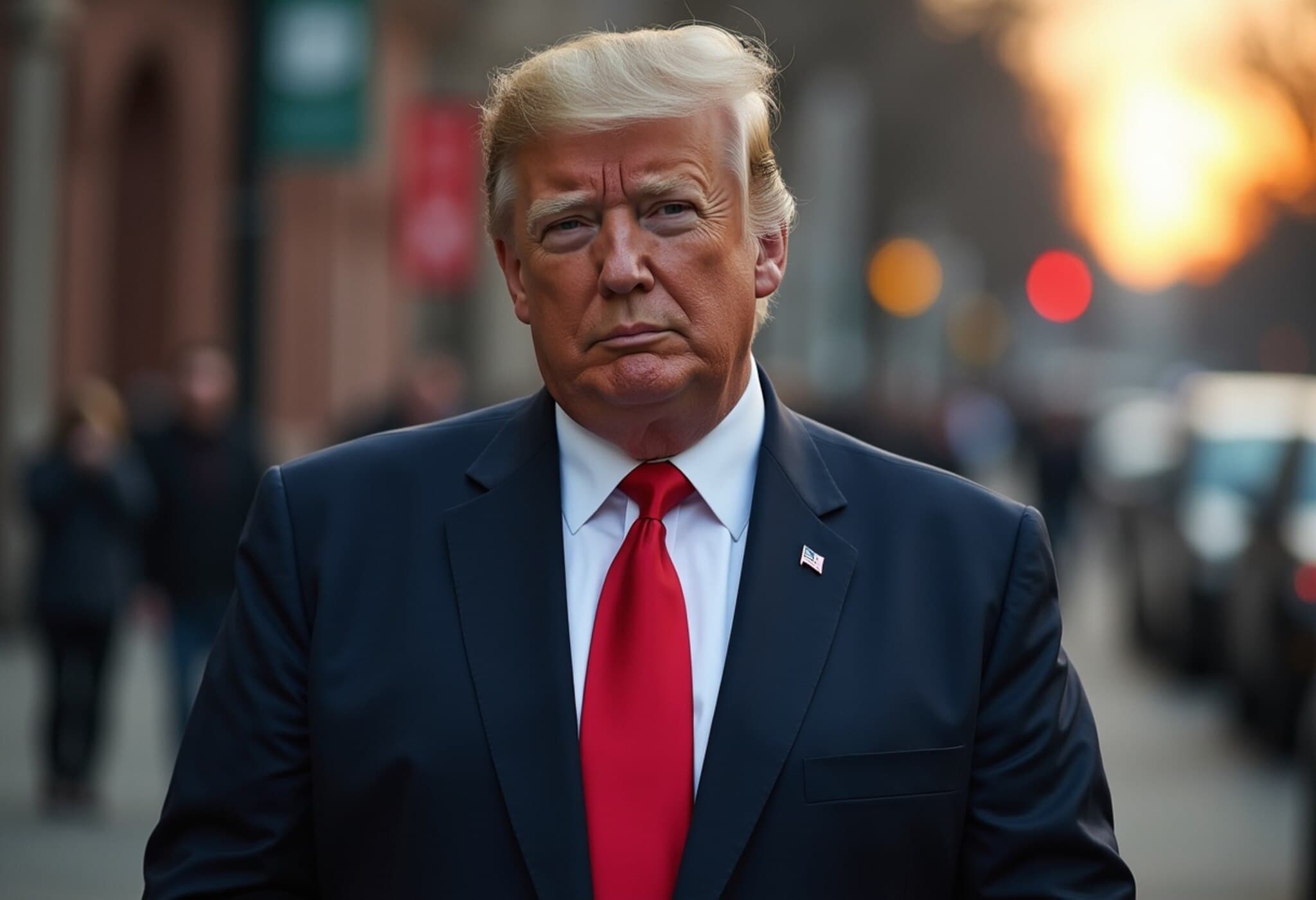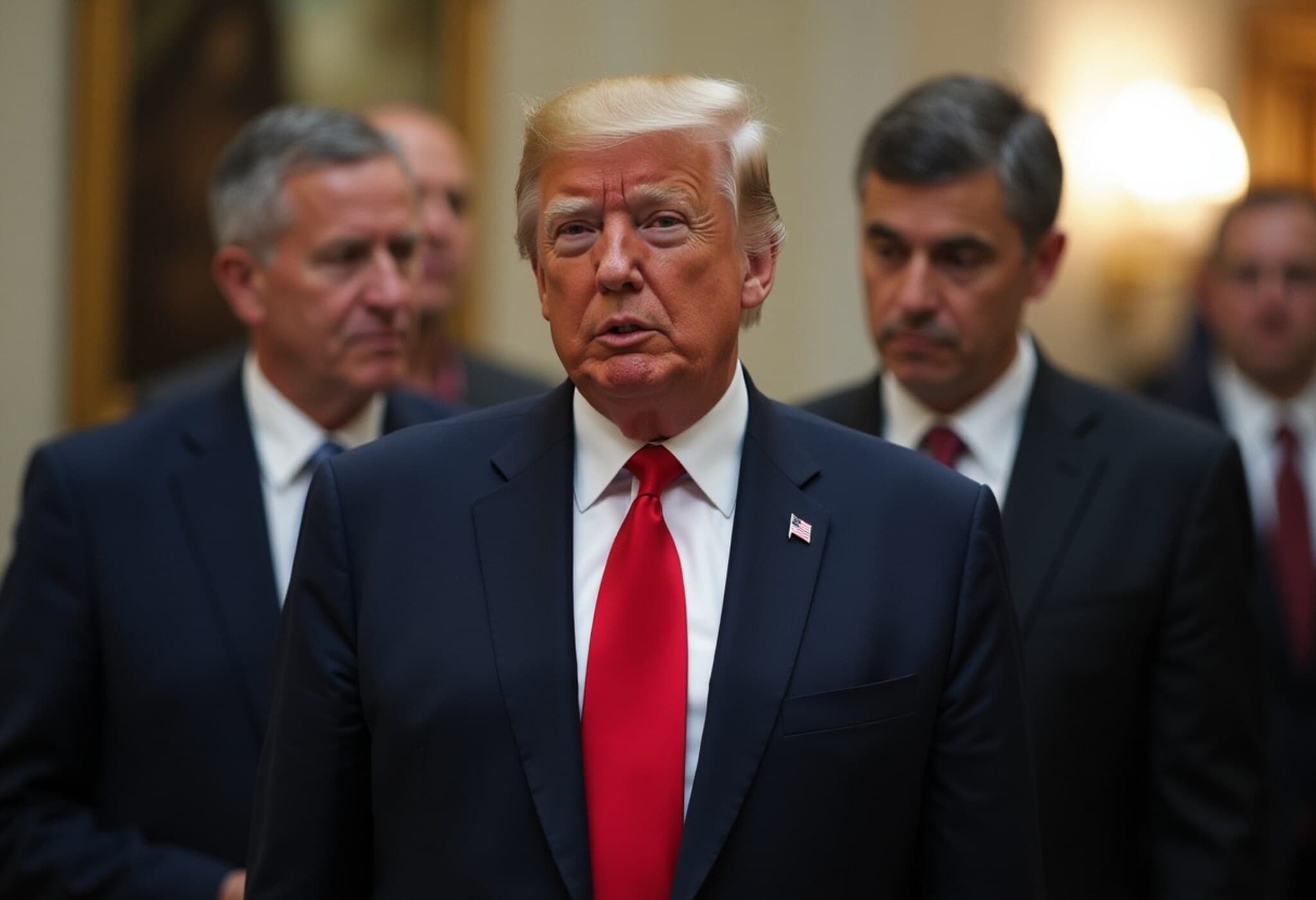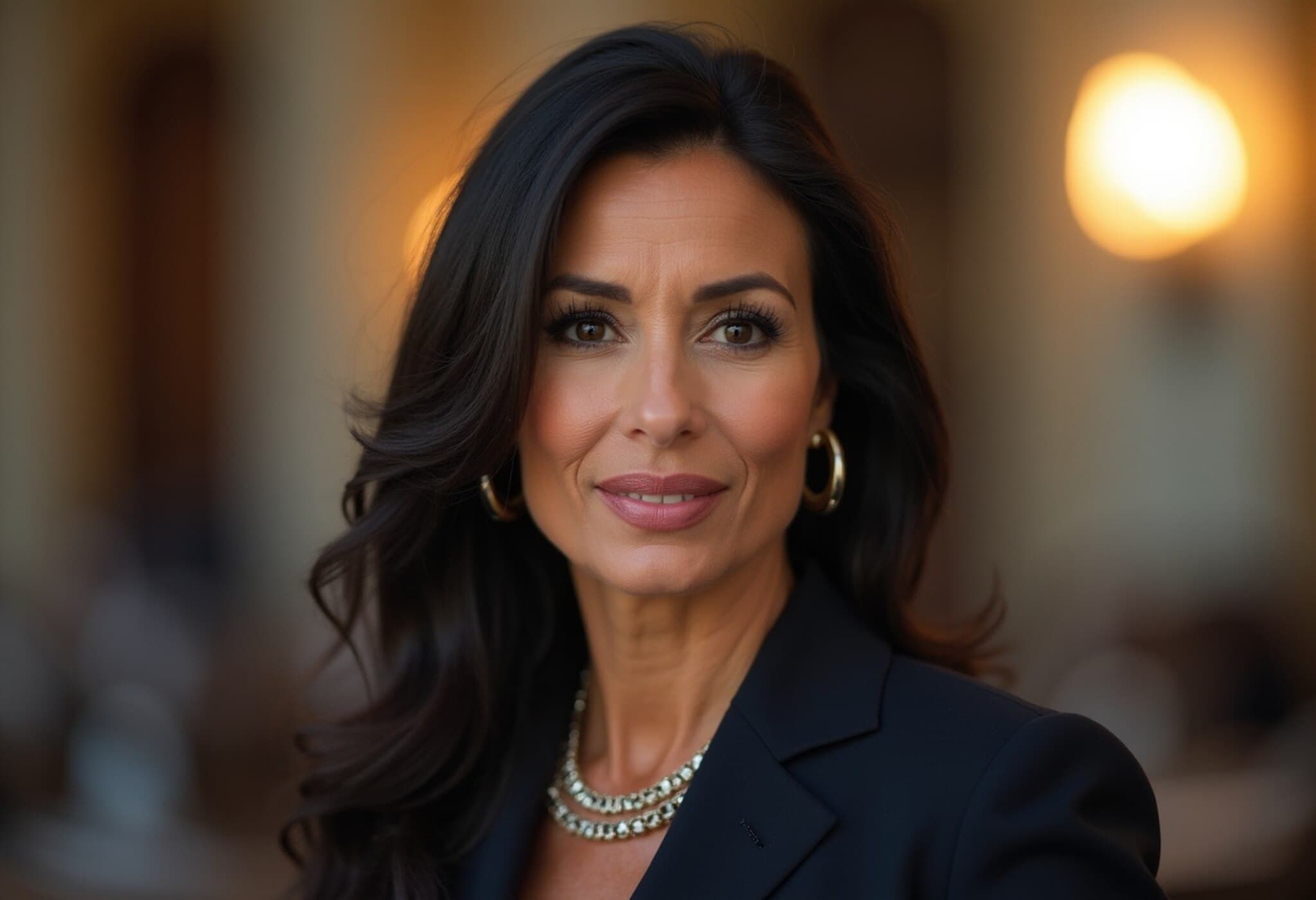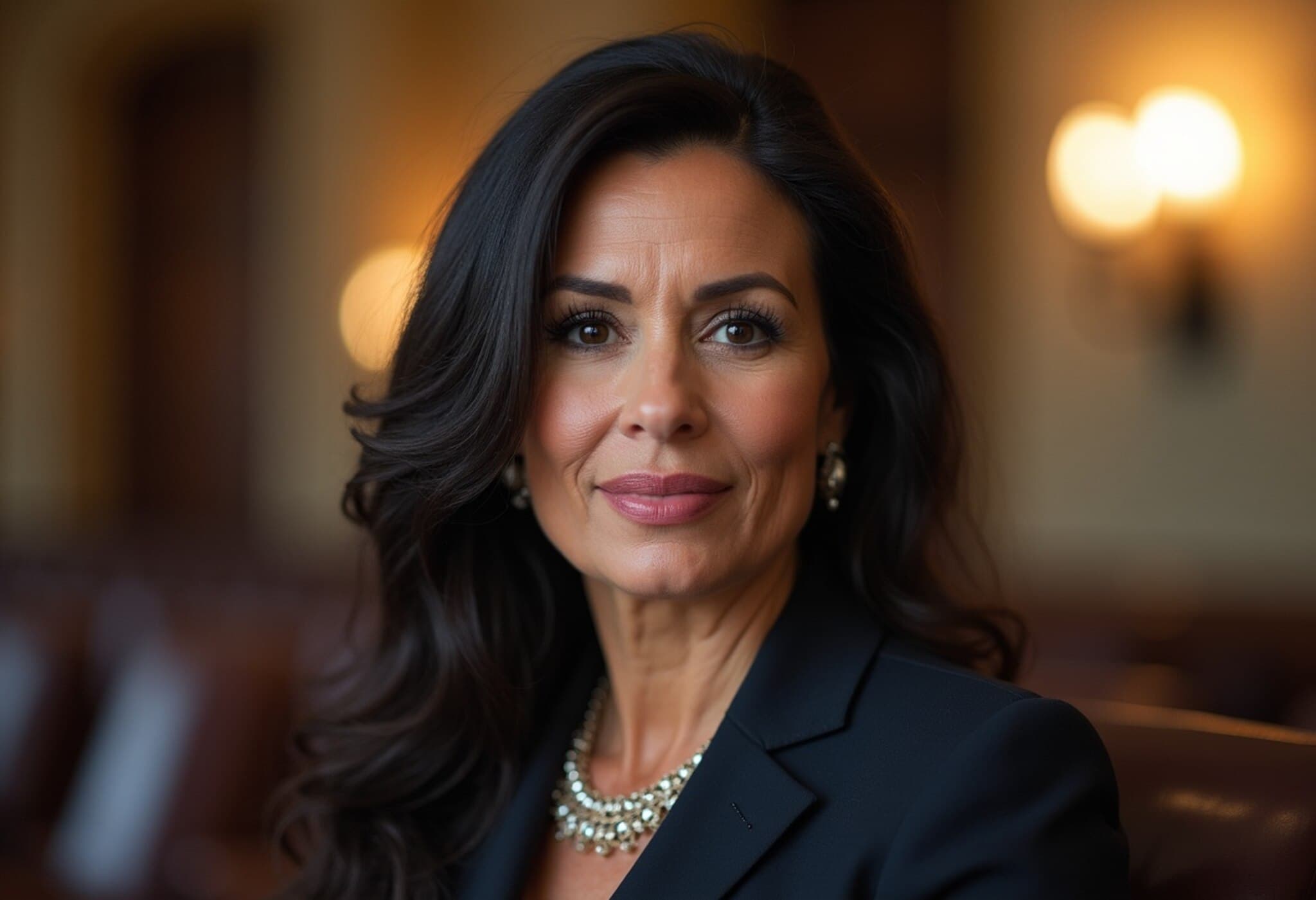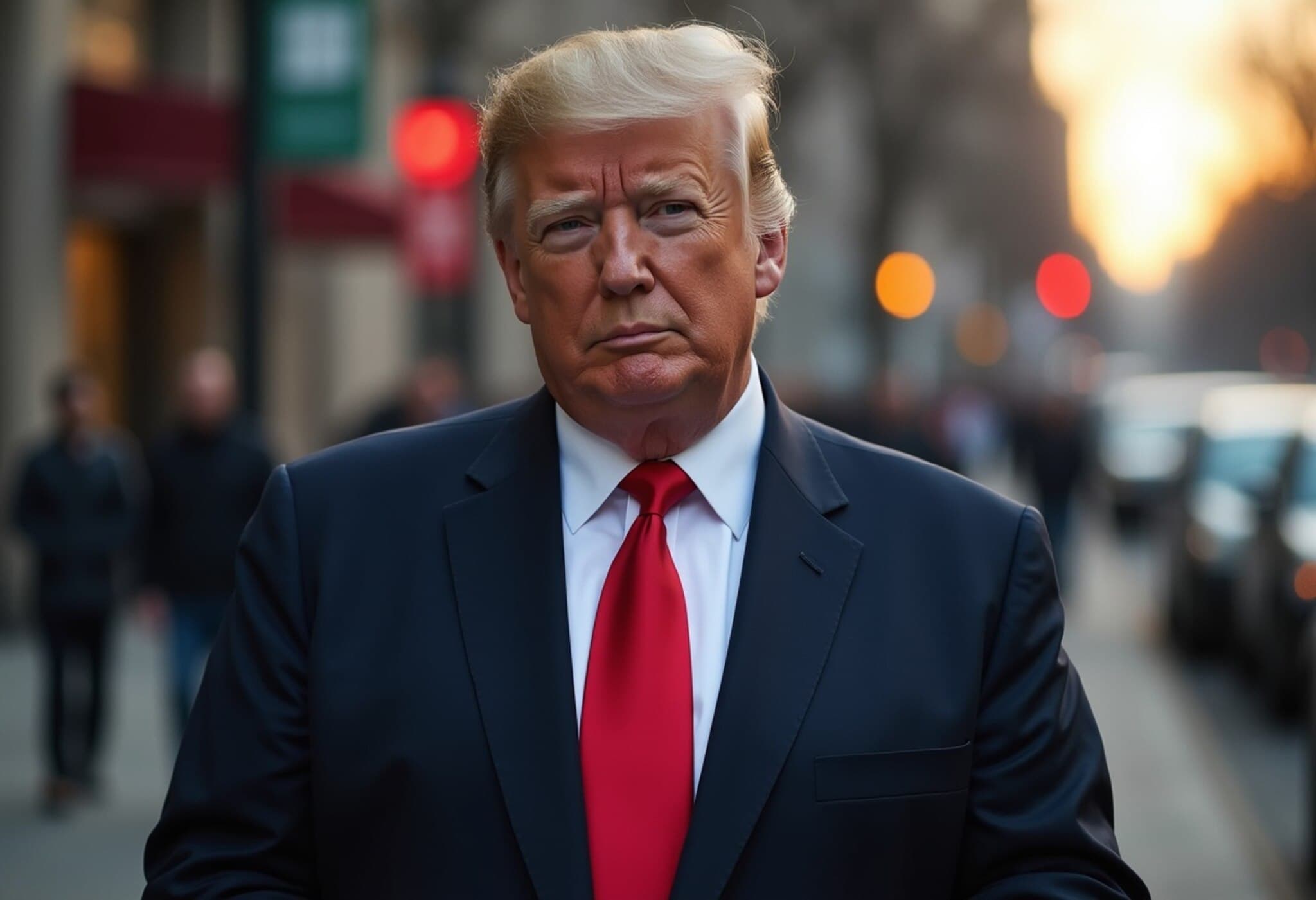White House Announces Ambitious $200 Million Ballroom Project
In a bold move to reshape the iconic Executive Mansion, the White House announced plans to construct an expansive new ballroom valued at $200 million. Slated to break ground in September 2025 and expected to be completed well before President Donald Trump’s current term concludes in early 2029, this development marks the first major structural addition to the White House since the Truman Balcony was added in 1948.
Revamping 'The People’s House': Restoring Grandeur and Functionality
Since returning to office in January 2025, President Trump has embarked on a series of aesthetic and functional renovations to what he calls "The People’s House." The Oval Office now boasts gilded flourishes, cherubic motifs, and renewed presidential portraits, while oversized flagpoles have been installed on both the north and south lawns, dramatically reaffirming the symbolic presence of the American flag.
Currently, workers are transforming the Rose Garden’s traditional lawn into a stone courtyard, continuing the administration's pattern of bold changes to White House grounds. These efforts reflect a vision to update and modernize both the inside and outside of the historic residence.
Addressing the Need for a Grand Event Space
For months, Trump has publicly expressed frustration with the limitations of the existing White House event spaces. The East Room, the largest venue inside the mansion, can accommodate roughly 200 guests, which many consider insufficient for large-scale diplomatic events.
"They've wanted a ballroom at the White House for over 150 years, but there’s never been a president who excelled at building ballrooms," Trump quipped during a Thursday briefing. "I’m a builder at heart, and we’re going to deliver this quickly and on schedule. It's going to be beautiful — top-notch," he added.
Design and Logistics: Balancing Modernity with Historic Preservation
The ambitious plan involves erecting a 90,000-square-foot structure on the grounds currently occupied by the East Wing, where the First Lady’s offices and other key administrative spaces are located. These offices will be temporarily relocated during the project, with the wing receiving significant modernization and renovation alongside the ballroom construction. White House Press Secretary Karoline Leavitt assured the public that no parts of the existing building will be demolished.
- Ballroom capacity: Seating for 650 guests, ideal for state dinners and large gatherings.
- Architectural leadership: McCrery Architects, based in Washington D.C., selected to design the new ballroom.
- Construction and engineering: Clark Construction will oversee building, with AECOM providing engineering expertise.
- Funding: Approximately $200 million to be raised through donors, including commitments from President Trump himself.
Preserving History While Creating a Legacy
White House Chief of Staff Susie Wiles highlighted the administration’s commitment to historically sensitive renovations. "President Trump brings a developer’s eye for detail and a deep respect for the mansion’s legacy," she said. "This ballroom will be a lasting legacy project that future presidents and guests will appreciate for decades to come."
Looking Beyond: Additional Renovation Plans
President Trump revealed to NBC News his intention to restore the Lincoln Bedroom’s bathroom to a 19th-century style, reversing what he described as a "terribly" executed previous remodel. This anecdote encapsulates the broader ethos driving these changes — a blend of homage to historical grandeur paired with modern improvements suited to contemporary needs.
Expert Insight: The Cultural and Political Context
Adding a monumental ballroom is not only a statement about hospitality but also a reflection of Trump’s architectural roots and political branding. As a former real estate developer, Trump’s tactile investment in White House renovations underscores his desire to leave a tangible legacy beyond policy and rhetoric.
From a policy perspective, the new space could reshape how diplomatic events are conducted in Washington, reducing reliance on outdoor tents or offsite venues, which became notable during the pandemic and subsequent administrations. However, the decision has sparked debate among preservationists and historians concerned about maintaining the White House's architectural integrity.
Editor’s Note
While the new ballroom stands to enhance the White House's capability as a global venue, it also opens important questions about balancing modernization with preservation of a national symbol. How will this transformation impact the cultural identity of the Executive Mansion? And what does this reveal about the evolving role of the presidency in shaping America’s historic landmarks? As this project unfolds, close scrutiny and public dialogue will be essential in ensuring that "The People’s House" continues to belong to all Americans—both in its grandeur and its spirit.

